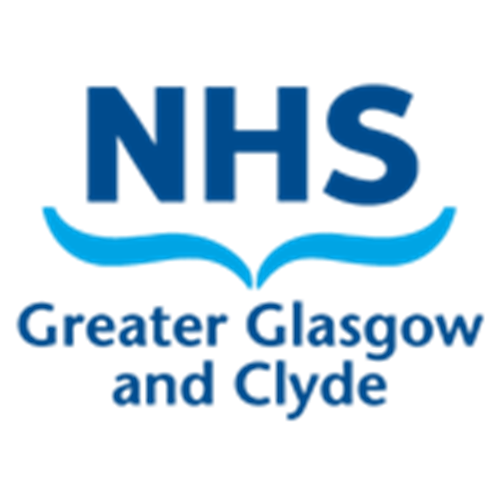The death of any baby who falls into the following categories should be reported to the Procurator Fiscal:
- a sudden, unexpected and unexplained perinatal death including deaths where results of investigations which may explain the death are outstanding
- where the body of a newborn is found
- where the death may be categorised as a Sudden Unexpected Death in Infancy (SUDI)
- which arises following a concealed pregnancy
- stillbirths / neonatal deaths following maternal trauma / assault / domestic abuse
- unexplained neonatal death including deaths due to hypoxic ischaemic encephalopathy where the cause for this is unknown
- neonatal death with unexplained collapse / poor condition at birth
Many intrauterine deaths will be unexplained at the time of birth. If the obstetric team are in any doubt about whether to submit a report (even if investigations are in progress), it is advisable to discuss the death with the Procurator Fiscal in advance of submitting the report as it will depend on the individual circumstances in each case.
Factors which make a stillbirth reportable will include, but are not limited to, the following:
- where concerns have been expressed
- the circumstances will be likely to be subject to an Adverse Event Review
- it is an unexpected or unexplained intrapartum stillbirth
